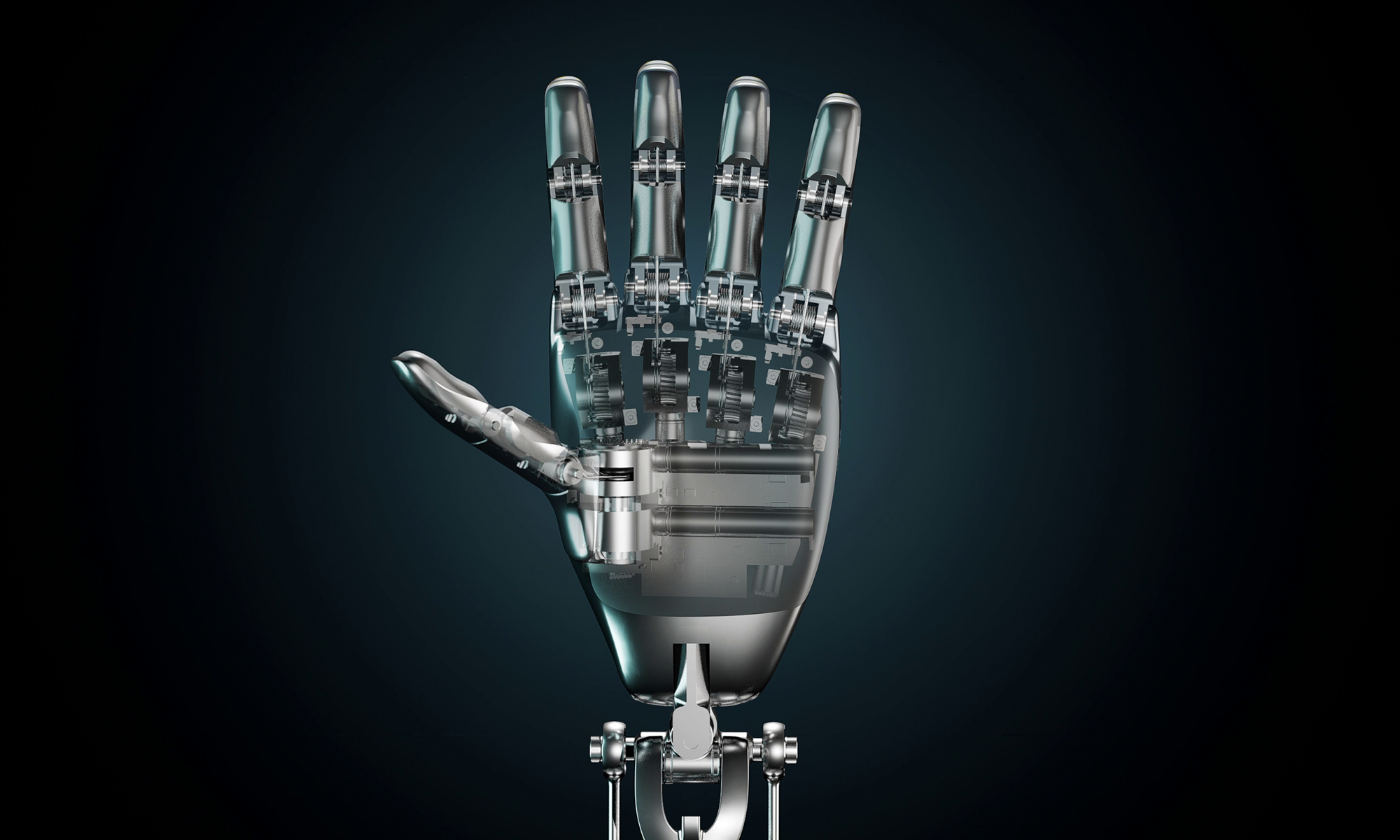In the video below, Fool contributor Daniel Sparks gets some hands-on time with Tesla's (TSLA 3.30%) autopilot to see just how far technology has really come. Does Tesla's progress toward assisted driving to-date give him confidence the company will truly be producing fully electric cars that can drive themselves across the country in just two to three years?
Transcript (edited for formatting):
Tesla vehicles will drive themselves in about two years -- at least that's what Tesla CEO Elon Musk asserted earlier this month when he announced a software update for its vehicles that included an ability called Tesla Summon, which allows its cars to pull in and out of garages without a driver -- an aspect of Summon Musk said is just a "baby step" compared to what's to come for the feature.
So, what's ahead for Tesla Summon?
Tesla's timeline for autonomy
He says owners will be able to summon their cars from anywhere there's a land bridge -- anywhere their cars can physically get to them. The timeline for this bold prediction? Just two years, he says.

Tesla owners can summon their vehicles in and out of garages from their phone or their key fob. Image source: Tesla Motors.
Going a step further, Tesla said in a blog post about this new feature that vehicles will eventually be able to drive themselves across the country to meet their owners, charging themselves along the way.
To be fair, in Musk's Q&A with press, the CEO did note he may be "slightly optimistic" about this timeline for autonomous driving and proceeded to offer a broader timeframe of about 24 to 36 months.
This is still a bold prediction.
Tesla can back its optimistic vision for autonomous driving with some substance. The company's autopilot technology has progressed very rapidly, catapulting the company from no autopilot features in 2014 to industry-leading technology today.
Of all the safety and convenience features Musk promised in 2014, when the company first announced autopilot, including automatic steering on the highway, automatic parking, and even automatic lane changes, the company has now followed up with an software update for almost every feature.
Previewing Tesla's autopilot aspirations
I wanted to see for myself just how far the company really has come with autopilot. Of course, there's no better way to do this than to get your hands on one of Tesla's fully loaded Model S cars -- and that's exactly what I did.

Author tests auto park.
After spending time with the car and the latest Autopilot technology, it was clear from the beginning that these "beta" features are already very polished.
I was able to navigate easily on the highway without turning the wheel or using my feet, the summon feature worked as was intended to when parking in garages, and Autopark was spot on.
But even after this experience, I'm still having trouble imagining the technology at its current state having enough redundancies built in to be able to navigate the challenges that come with driving off of the highway, such as traffic lights, pedestrians, and road construction. This is probably why Musk mentioned in Tesla's recent Q&A with press that the company is already working on a next generation of autopilot hardware with more sensors built in.
Still, the technology was impressive enough for me to at least think it's possible for Tesla to really introduce vehicles that can drive themselves across the country in two to three years.
Will regulation move as fast as technology? That's a whole different story. But Tesla's rapid progress with autopilot to date definitely has me thinking autonomous driving could come sooner than we thought.






